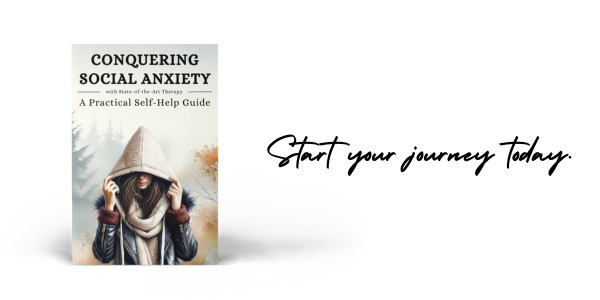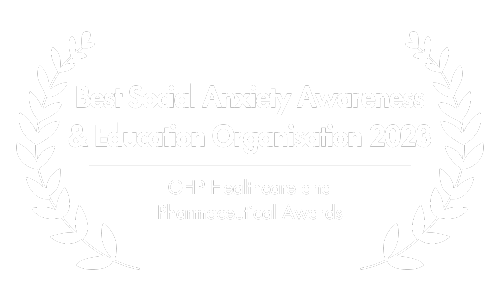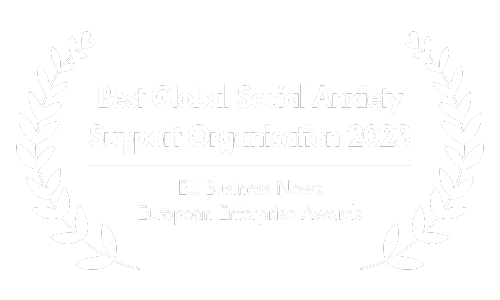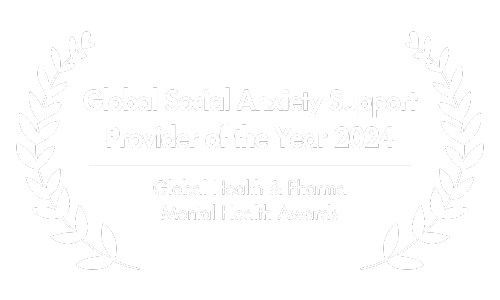Online and Overwhelmed: Tips to Face Social Anxiety and Cyberbullying
In today’s world, almost everyone spends some time online, and that brings its own set of challenges, especially for people who find social situations stressful.
If you’re someone who gets anxious in social settings, the internet can feel like a double-edged sword.
On one hand, it offers a way to connect without having to be face-to-face, but on the other, it opens up a new world where bullying doesn’t stop at the school gates – it follows you right into your home through cyberbullying.
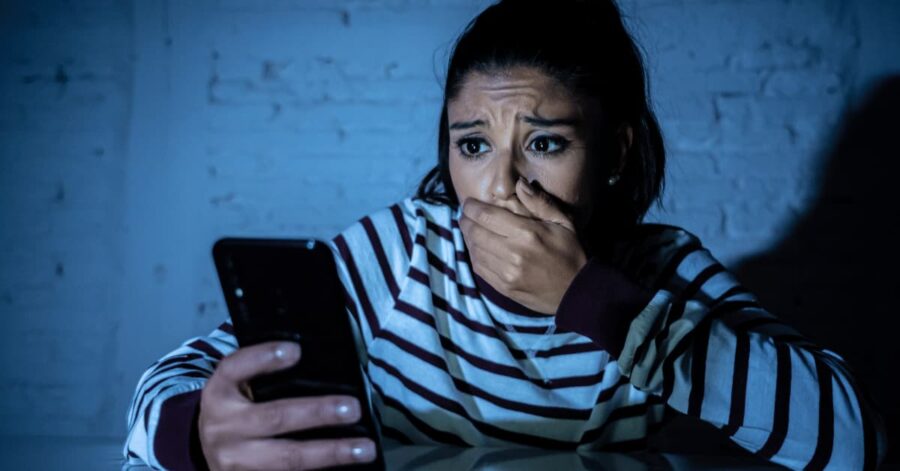
Cyberbullying, or bullying that happens online, can be really tough to deal with, especially if you’re already dealing with social anxiety.
It’s like the things that make you nervous or scared in real life suddenly pop up on your phone or computer screen, and it’s hard to get away from them.
This kind of bullying can make the internet – a place where you might have gone to feel a bit safer or less on the spot – feel just as intimidating as the real world.
Understanding the interplay between social anxiety and cyberbullying is more important than ever.
A meta-analysis by Modecki et al. (2014) reveals startling statistics: up to 32% of individuals may engage in cyberbullying behaviors, acting as cyber aggressors who exploit digital platforms to inflict harm on others.
Conversely, the experience of being targeted by such behaviors – cybervictimization – can affect up to 56% of individuals in some studies.

These figures not only underscore the prevalence and magnitude of cyberbullying but also illuminate the varied experiences of those involved, highlighting a spectrum of aggression and victimization that many face online.
Understanding how social anxiety and cyberbullying overlap and affect each other is crucial.
Here, we’ll look at what the research says and most importantly, we’ll talk about what you can do if you’re facing these challenges.
Whether it’s for you or someone you care about, our goal is to give you the tools and knowledge to make your online world a safer, more positive place. Let’s get started.
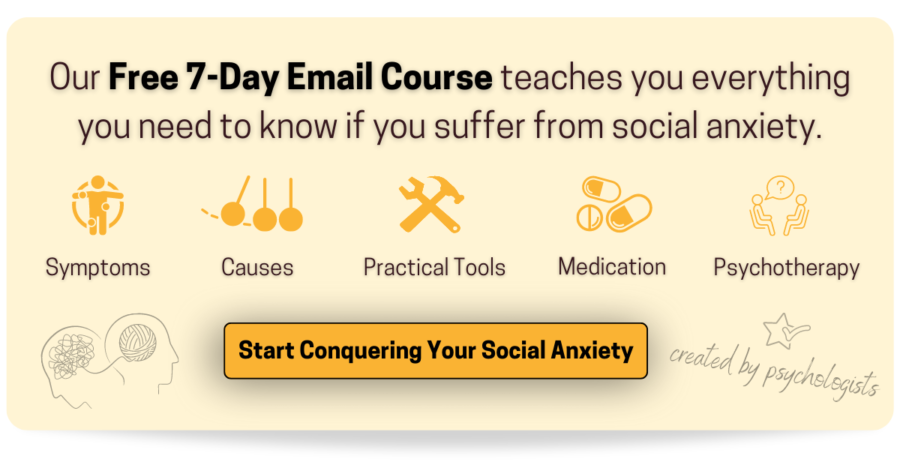
A. Understanding the Problem
Social Anxiety: More Than Just Shyness
Social anxiety isn’t just about being shy or nervous before giving a presentation. It’s a deeper, often paralyzing fear of being judged or embarrassed in social situations.
For someone with social anxiety, everyday interactions can feel overwhelming.
Imagine feeling like you’re under a spotlight during something as simple as ordering food at a restaurant or commenting on a post online. That’s the daily reality for many people with social anxiety.
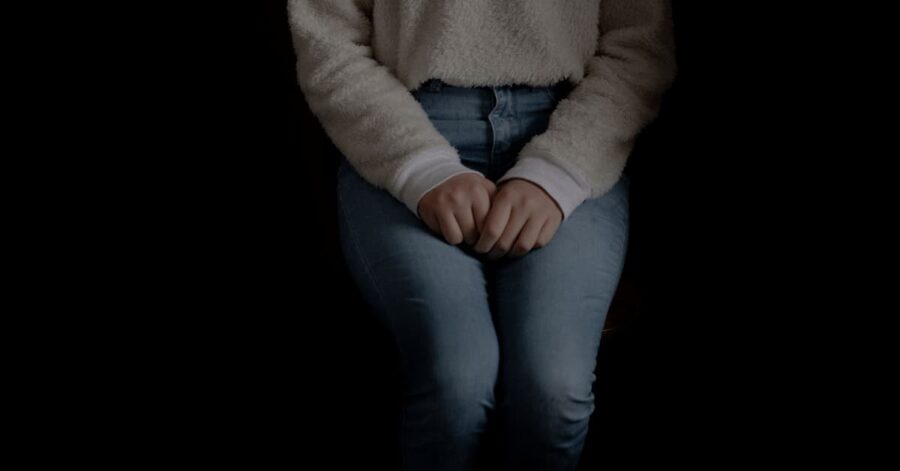
For a detailed explanation of social anxiety, you can click here to read our introductory guide.
The Digital Twist: Cyberbullying
Now, throw cyberbullying into the mix.
Cyberbullying is when someone uses the internet to tease, harass, or intimidate someone else. It’s not just a problem for kids; it affects people of all ages.
Unlike traditional bullying, cyberbullying can follow you everywhere, 24/7, because we’re almost always connected to our devices. It’s like having a bully in your pocket.
For someone with social anxiety, this constant threat can make the online world – a place where they might have sought refuge – a source of stress.
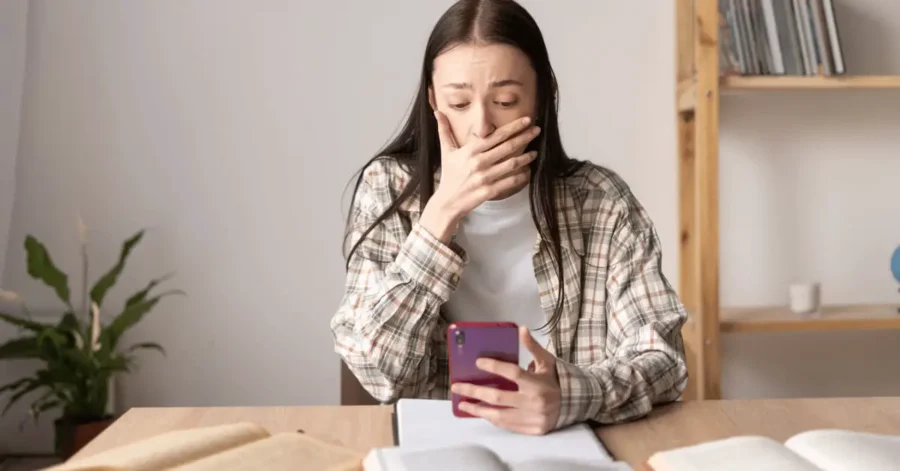
When Worlds Collide: The Impact
When social anxiety and cyberbullying collide, the effects can be devastating.
The internet can amplify social fears, making the person feel exposed and vulnerable even in their own home.
For example, a negative comment on social media can feel like a public shaming to someone with social anxiety.
This can lead to a vicious cycle: the more they’re bullied, the more anxious they become, and the more anxious they are, the more they might withdraw or behave in ways that attract more bullying.
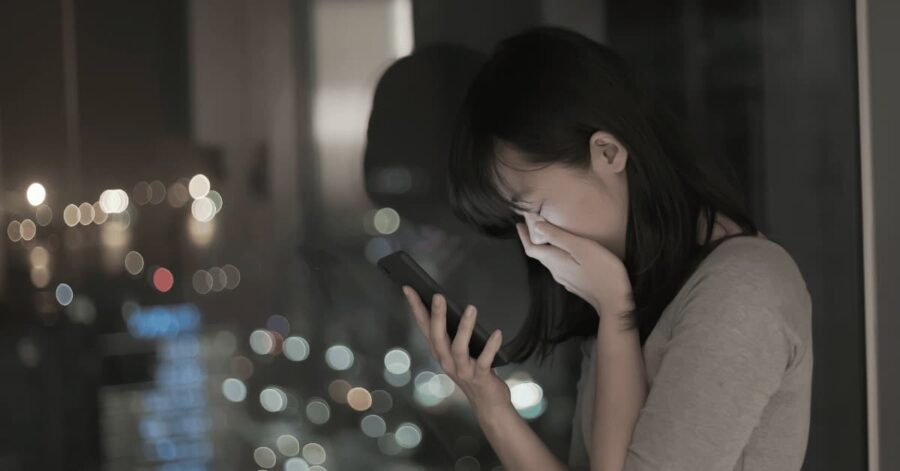
B. Exploring Research Findings
The Connection Between Social Anxiety and Cyberbullying
Recent studies have illuminated the link between social anxiety and cyberbullying, revealing nuanced insights into how and why individuals with social anxiety might find themselves more frequently targeted by online harassment.
Research underscores that people with social anxiety may have a heightened risk of experiencing cyberbullying due to their preferential use of digital platforms for social interaction, avoiding the direct confrontations of face-to-face interactions.
This increased digital footprint, however, paradoxically exposes them to greater risks of cyberbullying.
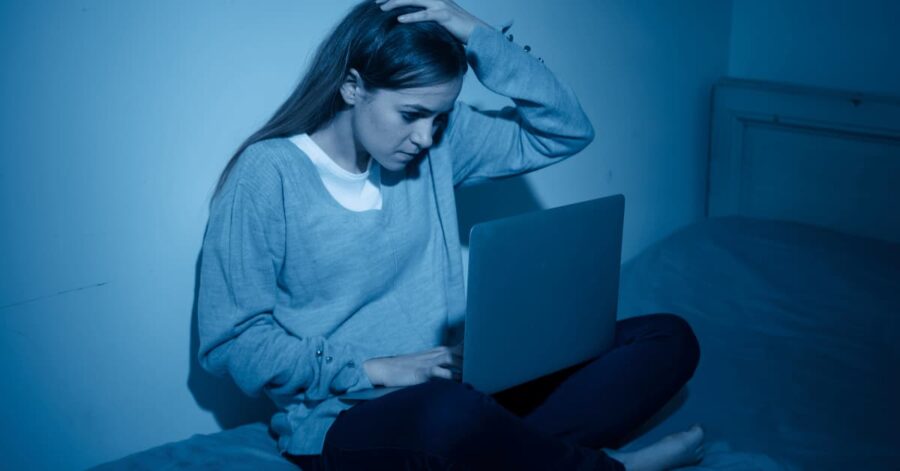
Martínez-Monteagudo et al. (2020) delved into this dynamic, uncovering a direct correlation between levels of social anxiety and the likelihood of being cyberbullied.
Their research pinpointed that individuals exhibiting higher degrees of social anxiety are correspondingly more susceptible to cyberbullying incidents.
This correlation underscores a vicious cycle where the quest for safe social interactions online inadvertently elevates the risk of encountering hostile behaviors.
Lam et al. (2022) further examined the role of online anonymity in emboldening cyberbullies, noting that the impersonal nature of the internet could lead to more aggressive targeting of individuals who present themselves as less assertive or confident online, a common trait among those with social anxiety.

The Psychological Impact
The ramifications of cyberbullying on individuals with social anxiety are profound, exacerbating existing conditions and precipitating heightened stress, anxiety, and, in extreme cases, depression.
Bansal et al. (2023) provided concrete evidence of this phenomenon, showing that victims of cyberbullying with pre-existing social anxiety reported significantly higher levels of depressive symptoms than their counterparts without social anxiety.
This highlights the compounded vulnerability of socially anxious individuals to the adverse effects of cyberbullying.

Liu et al. (2020) explored the cyclical relationship between social anxiety and cyberbullying, illustrating how victims may retreat further into isolation, avoiding both online and offline social interactions.
This withdrawal not only intensifies their social anxiety but also restricts their ability to develop resilience or seek support, thereby perpetuating a cycle of vulnerability and victimization.
Moving Beyond the Individual
The impact of cyberbullying transcends individual experiences, affecting familial and social relationships, academic achievements, and overall well-being.
Nixon (2014) investigated these broader implications, revealing how the repercussions of cyberbullying ripple through various aspects of victims’ lives, from eroding family bonds to undermining educational pursuits.
Such findings advocate for a comprehensive approach to tackling cyberbullying and social anxiety, emphasizing the importance of personal coping strategies, familial support, and systemic interventions to foster safer digital environments.

Next, let’s have a look at practical solutions that can help individuals manage social anxiety in the face of cyberbullying.
C. Practical Strategies & Solutions
Navigating the challenges of social anxiety and cyberbullying requires a multifaceted approach that empowers individuals, supports their loved ones, and fosters a safer online environment. Here are practical solutions grounded in research findings that can make a real difference.
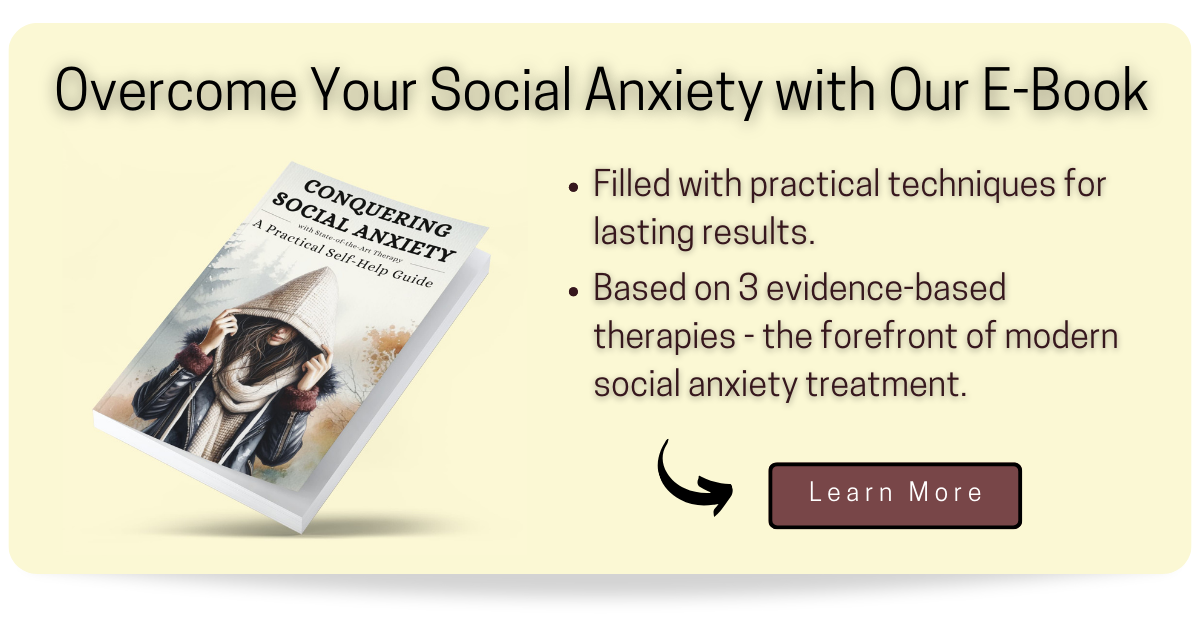
For Individuals Experiencing Social Anxiety and Cyberbullying
1. Develop a Supportive Network
Identify two or three people in your life – friends, family members, or even colleagues – who understand your struggles with social anxiety and are empathetic.
Initiate a conversation with them about your experiences, expressing your need for support.
You can also join support groups specifically for social anxiety or cyberbullying victims, where you can share experiences and strategies in a safe, understanding environment.

2. Limit Exposure to Potential Cyberbullying
Dive into the privacy settings of each social media platform you use. Adjust settings to ensure only friends can see your posts and contact you.
Consider unfollowing or blocking accounts that make you feel uncomfortable or anxious.
Schedule “digital detox” periods into your week – designated times when you consciously stay off social media and engage in offline activities you enjoy, thereby reducing the overall time spent online and potential exposure to cyberbullying.
3. Seek Professional Help
Research therapists who specialize in social anxiety and cyberbullying issues. Many offer online consultations, which might feel more accessible if you’re dealing with social anxiety.

We recommend BetterHelp, a leading platform for online therapy, which provides access to licensed therapists from the comfort of your home.
If you sign up through our link, you will receive a 50% discount on your first month of therapy. This makes professional help more accessible and affordable, ensuring you get the support you need to tackle social anxiety and the challenges of cyberbullying.
For teenagers between 13 and 20 years of age, TeenCounseling is another great option te receive professional help from a licensed therapist online. You can click below to have a look and sign up.
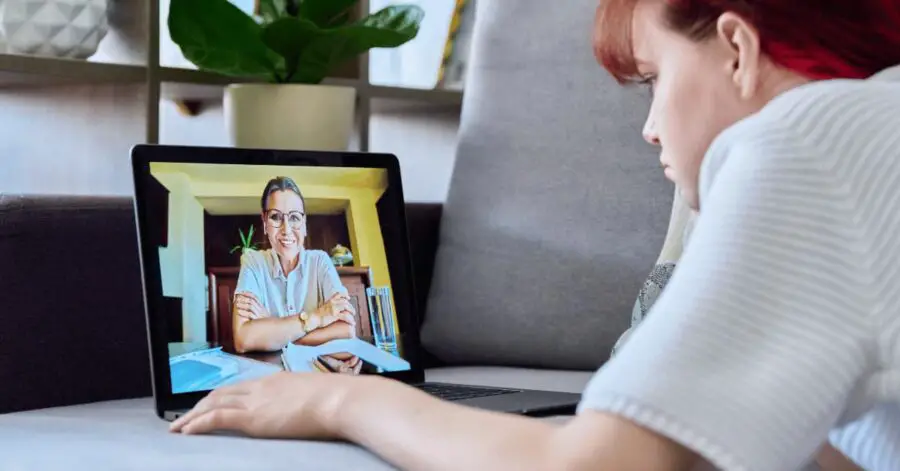
4. Document and Report Cyberbullying Incidents
Create a dedicated folder on your computer or cloud storage to save screenshots of any cyberbullying incidents. Be sure to include the date, time, and platform where the incident occurred.
This documentation is crucial for reporting the behavior to social media platforms or authorities if necessary.
Familiarize yourself with the reporting mechanisms on each platform you use, so you can quickly and effectively report any abuse or harassment.
5. Engage in Positive Online Communities
Research online forums, social media groups, or virtual clubs that align with your interests or hobbies.
Before joining, observe the interactions within these communities to ensure they are supportive and positive.
Engage slowly, starting with likes or simple comments, and gradually participate more actively as you feel comfortable.
These positive interactions can help build your confidence in online settings and provide a counterbalance to any negative experiences.
For Loved Ones Supporting Someone with Social Anxiety
1. Educate Yourself
Learn about social anxiety and cyberbullying to better understand what your loved one is going through. This knowledge can help you provide empathetic support and practical assistance.

2. Open Lines of Communication
Encourage open, judgment-free conversations about their online experiences. Let them know you’re there to support them, not to criticize their social media use or choices.
3. Promote Healthy Online Habits
Together, explore ways to create a healthier online environment, such as setting boundaries around social media use, selecting privacy settings, and finding positive online spaces.
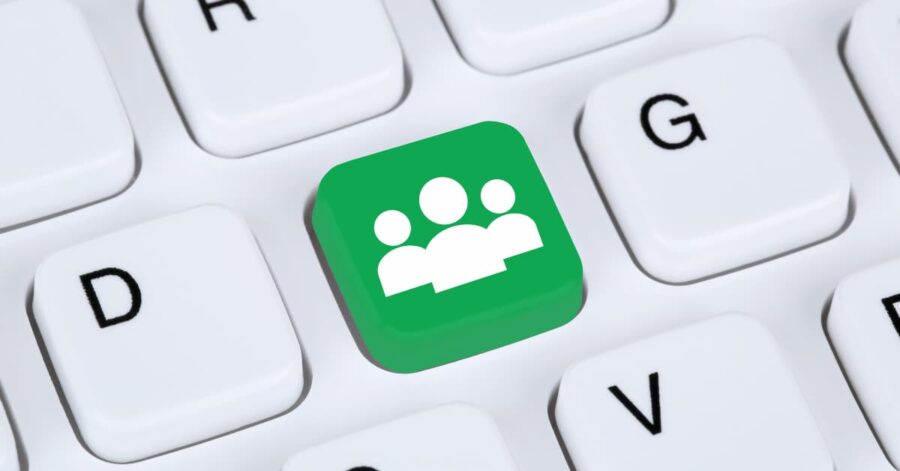
4. Encourage Professional Support
Support your loved one in seeking help from mental health professionals. Offer to help research therapists or counseling services and accompany them to appointments if they wish.
5. Advocate for Cyberbullying Awareness
Raise awareness about the impacts of cyberbullying and the importance of digital kindness in your community. This can include schools, workplaces, and within your family.
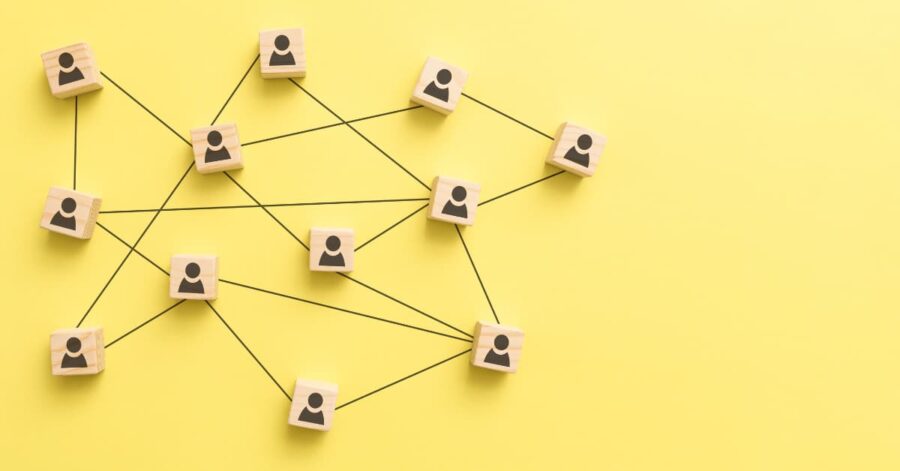
E. Conclusion
Navigating the complexities of social anxiety and cyberbullying in today’s digital world is a significant challenge.
However, by understanding the problem, leveraging research, and implementing practical solutions, individuals and their loved ones can make meaningful progress.
It’s about creating a supportive environment, both online and offline, where empathy and kindness prevail.

Remember, seeking professional help is a courageous step towards healing and resilience. As we work together to foster a safer digital space, we pave the way for a more inclusive and supportive community.
Let’s continue to support each other, making our online interactions more positive and empowering for everyone involved.
If you’re navigating the challenges of social anxiety and looking for comprehensive, accessible guidance, we invite you to join our free 7-day email course.
This course is designed to equip you with everything you need to know about social anxiety, from understanding its symptoms and causes to exploring effective treatment options and practical coping strategies.

Bansal, S., Garg, N., Singh, J., & Van Der Walt, F. (2024). Cyberbullying and mental health: past, present and future. Frontiers in psychology, 14, 1279234. https://doi.org/10.3389/fpsyg.2023.1279234
Lam, T. N., Jensen, D. B., Hovey, J. D., & Roley-Roberts, M. E. (2022). College students and cyberbullying: how social media use affects social anxiety and social comparison. Heliyon, 8(12), e12556. https://doi.org/10.1016/j.heliyon.2022.e12556
Liu, T. L., Hsiao, R. C., Chou, W. J., & Yen, C. F. (2021). Social Anxiety in Victimization and Perpetration of Cyberbullying and Traditional Bullying in Adolescents with Autism Spectrum Disorder and Attention-Deficit/Hyperactivity Disorder. International journal of environmental research and public health, 18(11), 5728. https://doi.org/10.3390/ijerph18115728
Martínez-Monteagudo, M. C., Delgado, B., Inglés, C. J., & Escortell, R. (2020). Cyberbullying and Social Anxiety: A Latent Class Analysis among Spanish Adolescents. International journal of environmental research and public health, 17(2), 406. https://doi.org/10.3390/ijerph17020406
Modecki, K. L., Minchin, J., Harbaugh, A. G., Guerra, N. G., & Runions, K. C. (2014). Bullying prevalence across contexts: a meta-analysis measuring cyber and traditional bullying. The Journal of adolescent health : official publication of the Society for Adolescent Medicine, 55(5), 602–611. https://doi.org/10.1016/j.jadohealth.2014.06.007
Nixon C. L. (2014). Current perspectives: the impact of cyberbullying on adolescent health. Adolescent health, medicine and therapeutics, 5, 143–158. https://doi.org/10.2147/AHMT.S36456
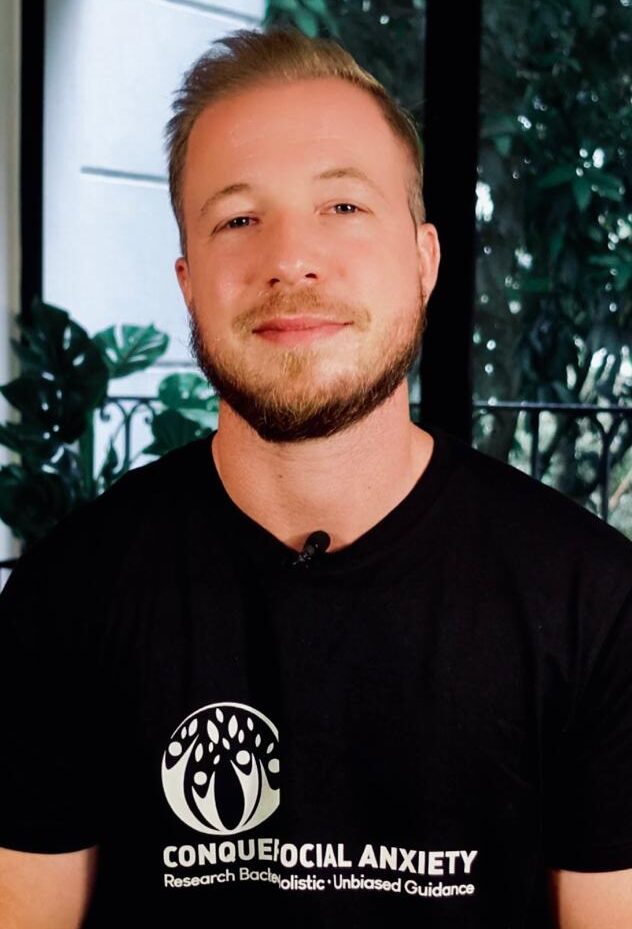
About the Author: Martin Stork
Martin is a professional psychologist with a background in physical therapy. He has organized and led various support groups for people with social anxiety in Washington, DC and Buenos Aires, Argentina. He is the founder of Conquer Social Anxiety Ltd, where he operates as a writer, therapist and director. You can click here to find out more about Martin.
